Extraordinary Persimmon tomato - joy for the whole family
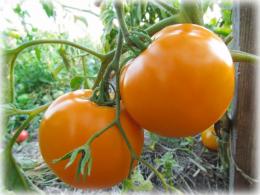
Everyone is used to red tomatoes, and in vain. Having tried the “Persimmon” tomato, a yellow tomato, the other red varieties will have to compete well for a place in salads and preserves. This variety was bred quite recently, but at the same time it abundantly fills summer cottages. The tomato was bred by a Russian breeder. This tomato can be grown in the garden, in a greenhouse and even at home on the window. Our acquaintance with the Persimmon tomato begins.
Content:
- Description of the variety, its advantages
- Features of cultivation: soil selection, planting, watering, fertilizer
- Benefits and uses in cooking
Description of the variety
The Persimmon tomato is a large variety of tomato; the weight of the fruit, with proper care, can reach 500 grams, or even more. On average, a tomato weighs 250-300. To get a good weight of a tomato, good care is required throughout its growth. This is a medium-sized plant.
It can reach a height of up to 1.5 cm. On average, its height is 70-80 cm. The bush grows very powerful with a large number of leaves. The color of the bush is light green. Tomato inflorescences are simple. An unripe fruit has a green spot. When the fruit ripens it completely disappears. The full ripening period is 115-125 days. The color of the tomato is orange, similar in appearance to the persimmon fruit, because of this feature it is called “Persimmon”.
The Persimmon tomato has excellent nutritional properties. It contains a large amount of carotene and practically no organic acids.The tomato is more of a salad tomato, but it can be preserved in the same way as other types.
It tastes sweet with very dense pulp. The fruit can be picked slightly unripe, as it is capable of ripening afterwards. It is best to grow the Persimmon tomato in greenhouses, but it is also possible in the open. Greenhouse tomatoes ripen faster and weigh more.
A distinctive feature from other varieties of orange tomatoes is their nutritional properties. They are much sweeter and add variety when used in cooking. In addition, their quality characteristics are much higher. With proper care, it produces a significant amount of harvest. The fruits have excellent keeping quality. While transportable, they retain their appearance and taste. The only negative is that it is difficult to find original ones in garden stores. seeds.
Features of cultivation: soil selection, planting, watering, fertilizer
Before planting a tomato, you need to compact the top layer of soil. Then make a groove one centimeter deep in the hole. The seeds are planted in this groove. Do not sprinkle too many seeds in one place. Their germination rate is 90%. The temperature during growing seedlings should be 23-26 degrees. After planting, lightly water the soil and cover with plastic.
To prevent the seeds from floating to the surface during watering, it is better to do it with a spray bottle. Picking is carried out after the borings have taken root and produced two leaves. To successfully carry out a transplant seedlings into the greenhouse, you need to gradually harden it over two weeks. This is done as follows: take the seedlings outside for five minutes during the day, followed by increasing the stay by one minute.
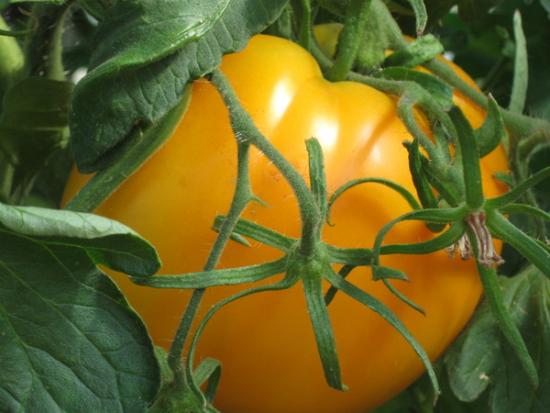
This procedure cannot be done immediately after watering; the leaves must dry completely. Bushes are planted at the rate of no more than 3-4 per 1 square meter. meter. Planted in a greenhouse that has good lighting. The variety is poorly resistant to late blight. Therefore, if seedlings are planted tightly during infection, there is a risk of losing part of the harvest.
Seedlings can be transferred to a permanent location in a greenhouse only when their height reaches 15 cm and six true leaves are present. The variety will produce greater yields in an unheated greenhouse. It is best to fertilize the plant with compost. Compost must be placed between the rows of tomatoes.
It is necessary to water the plant frequently, but make sure that the water does not stagnate, otherwise there is a chance that the roots will rot. The “Persimmon” tomato occupies a respectful place among summer residents, not only because it is tasty, but also because it can bear fruit for a long time. If correct care You will be harvesting the plant until late autumn.
Give meaning to the following:
- Tomato does not have strong resistance to late blight, so plant no more than 3-4 bushes per 1 square meter. meter.
- Do not plant seedlings less than 15 cm in soil so that the tomato can take root and produce a high yield.
- To get ripe tomatoes a week earlier, you need to cut the stem to 7-10 cm above the base and insert a 0.5 cm thick shelf into the middle of it.
Benefits and uses in cooking
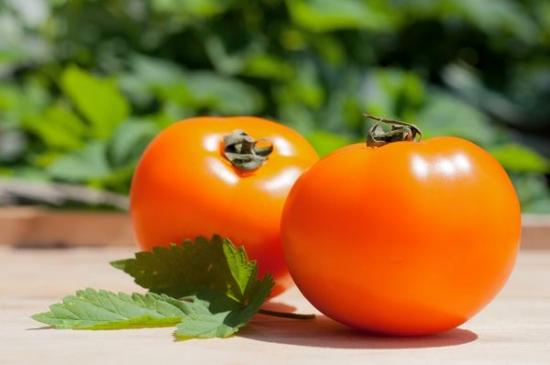
In most cases, the Persimmon tomato is used when preparing salads, as well as main courses. They make tomato juice and various sauces very piquant and amazing in taste. Although tomato It belongs to the salad type, the preservation turns out very tasty.It adds zest to any food preparation, and its color helps add variety to boring food.
An easy recipe for making an omelet with Persimmon tomatoes. You will need 4 eggs, 2 tomatoes, 1 small onion and herbs (parsley, dill, green onions). Beat the eggs well and add salt and pepper to taste. Cut the tomatoes into thin slices, cut the onion into half rings. Finely chop the greens.
Take a frying pan, pour refined oil into it and lightly fry the tomatoes and onions over low heat. After the onions and tomatoes are slightly dried, pour the eggs on top and cover everything with a lid. Fry for about 15 minutes. When the omelette is ready, sprinkle finely chopped herbs on top. The dish is ready and can be served. Bon appetit.
By choosing a “Persimmon” tomato, you will get a huge yield of tomatoes with an unusually pleasant taste and bright colors. This product will appeal to both children and adults. Once you plant it, you will never be able to stop growing it again. Despite the painstaking care, you will forget about wasted time when you start picking the fruits.
Video about the salad tomato variety Persimmon:

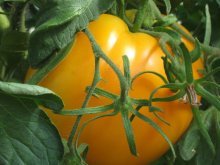
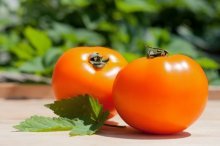
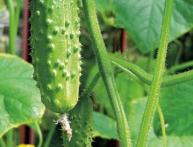
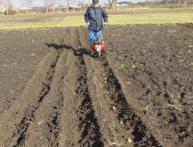

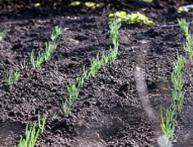
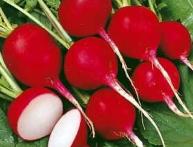
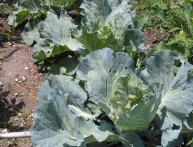
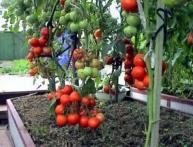
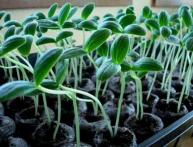
Comments
We have already grown orange tomatoes in our garden, they are tasty and they are not much different from red fruits, but tomatoes are really unusual and beautiful. To make the vegetable resistant to disease, we periodically spray the bushes with phytosporin.